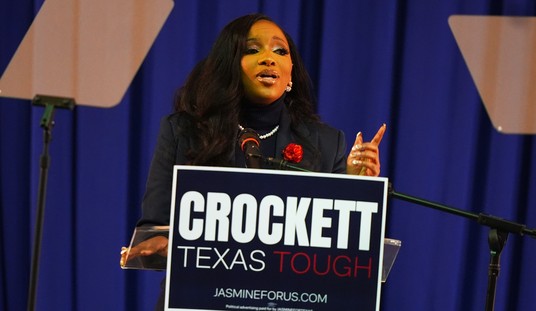Last year, when President Trump signed a memorandum to redirect $200 million in federal education funding towards increasing technical and STEM education for K-12 students, it highlighted the growing consensus among lawmakers that practical, marketable skills need to be a greater priority in our education system. This comes at the right time. The jobs of the future increasingly require specific skills that we need to be teaching our children to help them succeed and compete.
That is why President Trump’s emphasis on technical and STEM education is an encouraging first step. But it is still just that: a first step. There is more work that is needed to be done, and more policies that lawmakers can support to help modernize our education system so we can better educate the workforce of tomorrow.
This is especially important in today’s economy, as businesses are opening across America, and many of them require hands-on skills that our current education system lacks.
To solve this, we need to emphasize skills-training at all levels of education, from K-12 to college to other postsecondary options.
One way is to grow and expand on what President Trump started with his directive, and continue to promote more vocational and STEM training in schools. For too long, vocational training has had a stigma of being somehow “lesser” learning. This could not be further from the truth. Learning vocational skills is another path that people can take to enter the job market and earn a good living for themselves. In many cases, it can be a better option than following the traditional academic track.
Countless students choose to follow the 4-year university track, get a degree in something like Greek Philosophy, and end up struggling to find work, all while they are saddled with record-high loan debt. While students are certainly free to learn what they want, it is still incumbent on our school system to provide every student with marketable skills to prepare them for the job market, whatever those skills may be.
Recommended
Another way to connect students and postgrads with better skills-training is by expanding apprenticeships. Apprenticeships are particularly appealing because they allow students to, as some put it, “earn while you learn.” That is because apprenticeships are a combination of academic study and hands-on work experience with professionals in the field.
Yet apprenticeships are not as common in the U.S. as in places like Europe – in fact, according to the Atlantic, as of 2014, only 5 percent of Americans train as apprentices, as opposed to roughly 60 percent in Germany. One reason is that many industries currently do not have apprenticeship programs, and most that do are blue-collar occupations that do not appeal to a large percentage of young Americans. However, other occupations could start apprenticeship programs, including tax preparers or IT workers.
Political support for apprenticeships is bipartisan, as both the Trump Administration and Obama Administration have taken steps to increase the number of apprentices in the U.S., in addition to state-led efforts. More support from politicians, industry leaders, and students is essential to expand apprenticeships – and job opportunities – for millions of Americans.
There are increasingly more ways for students looking to learn important skills outside of the traditional 4-year degree model. There are countless 2-year community colleges and online programs for people with tight schedules or other obligations. And there is also a new push for fast-paced, short-term skills training programs that make people job-ready in less time and for less money. For example, if you wanted to learn how to be a computer coder, you could join a coding bootcamp like devCodeCamp, and have the skills you need in just a few weeks. On average, devCodeCamp graduates are making $50,000 a year or more after completing courses at the Milwaukee-based bootcamp.
The need for more emphasis on marketable skills-training in education is becoming more evident. For America to continue to compete on the global stage, we need to cultivate a job-ready workforce empowered by the skills necessary to succeed. To do this, we need an “all of the above” approach: more vocational training in K-12, useful college degrees, and more outside postsecondary options, like apprenticeships or coding bootcamps. If we do this, American will continue to be a global economic leader.

























Join the conversation as a VIP Member